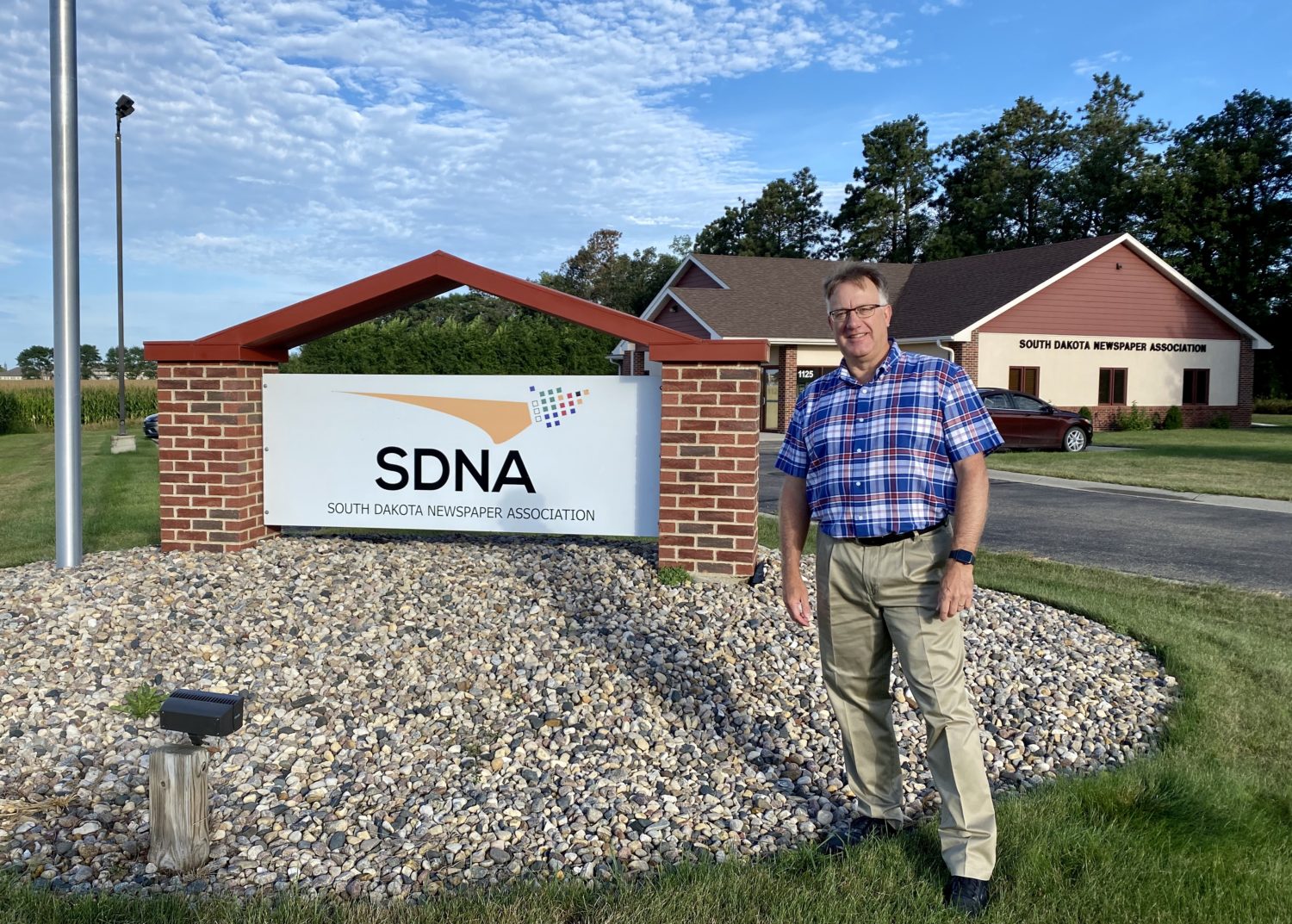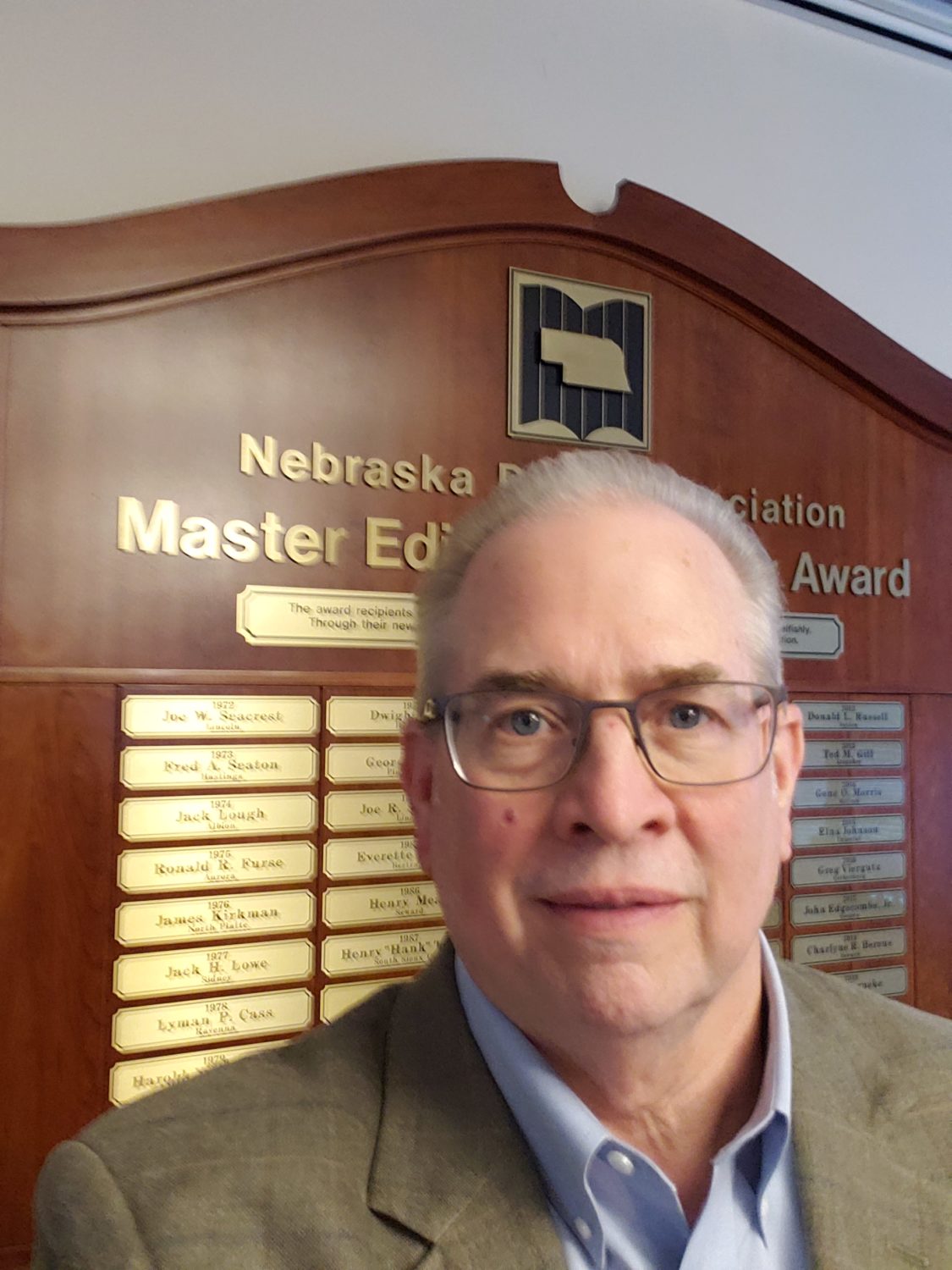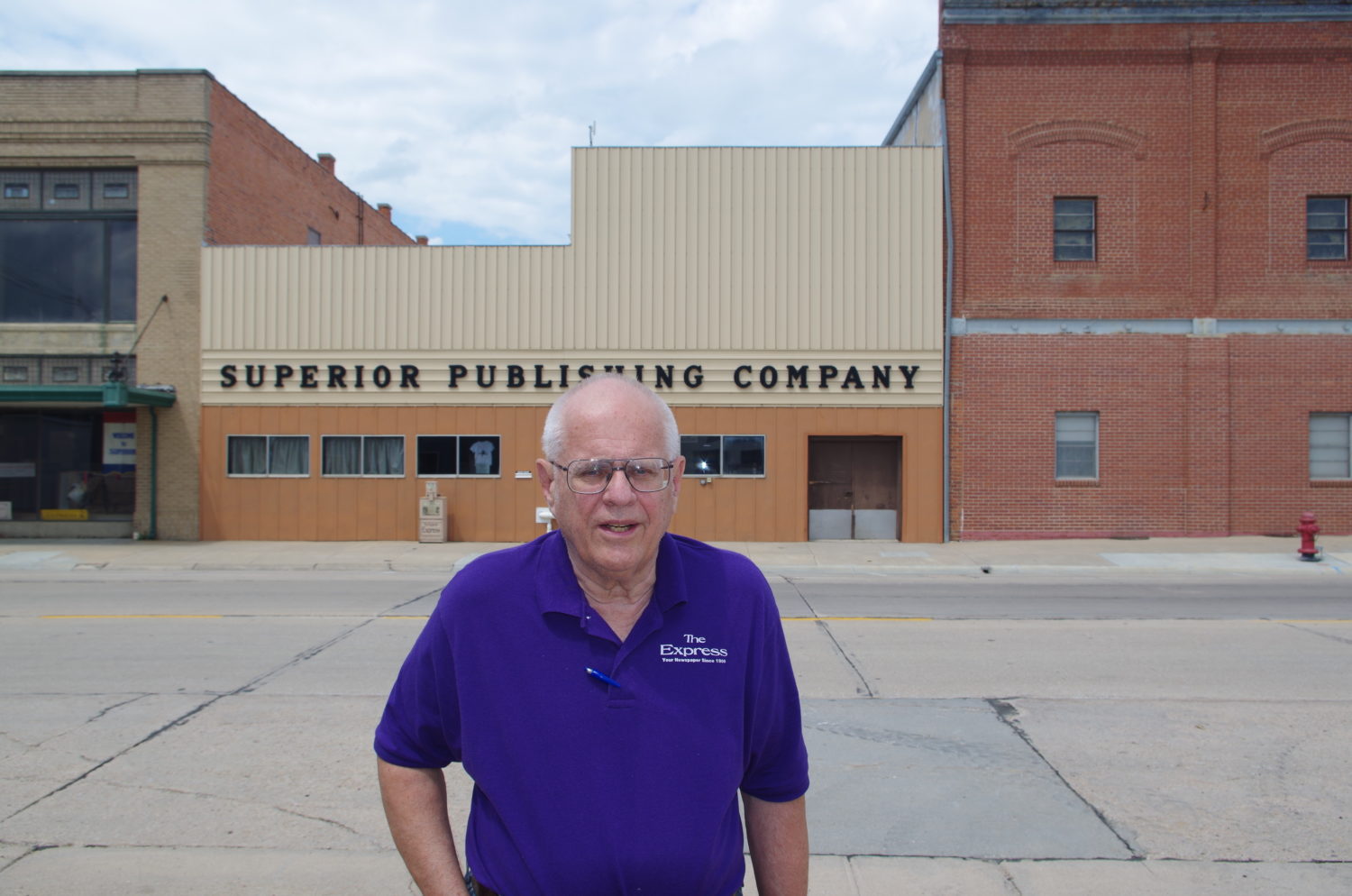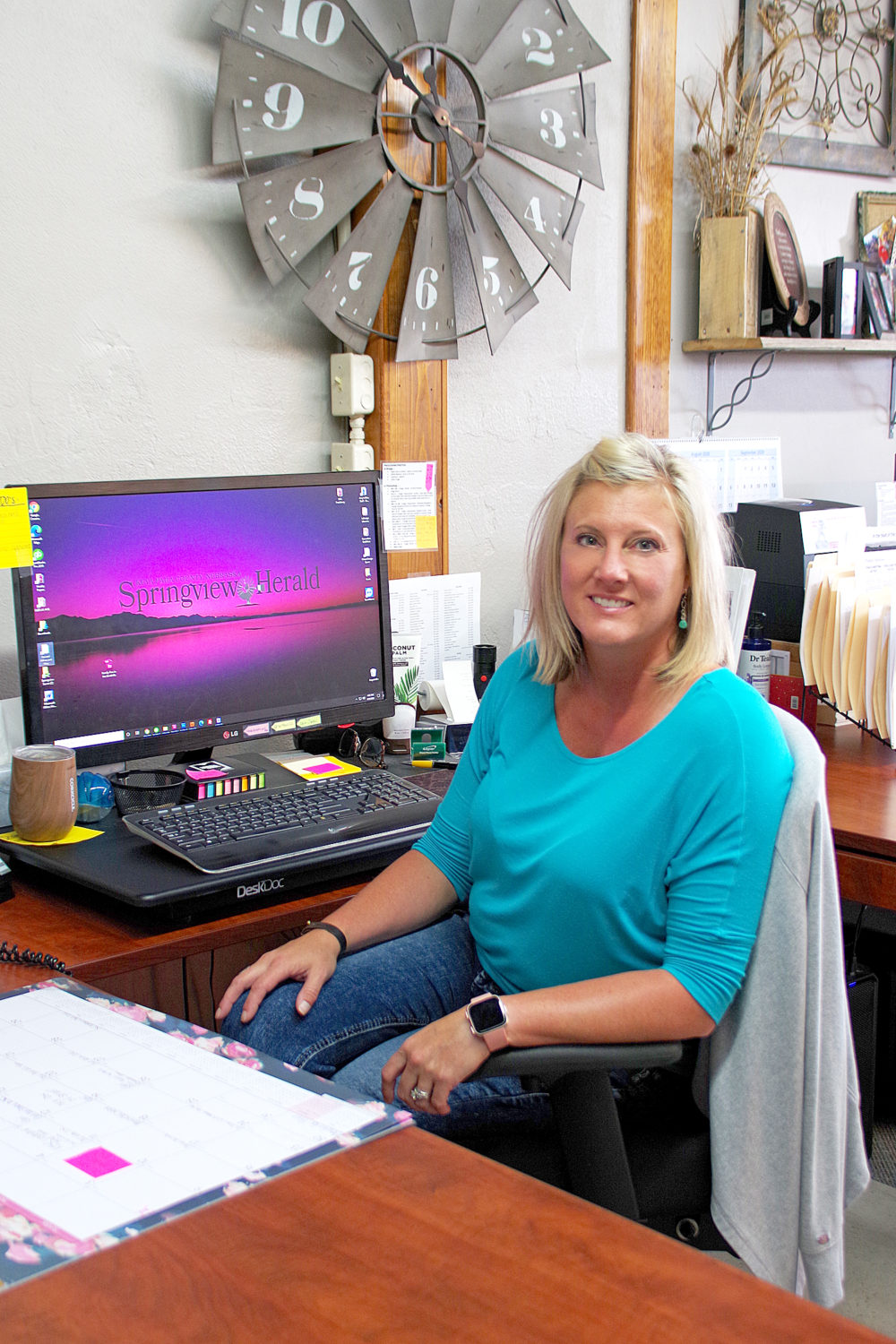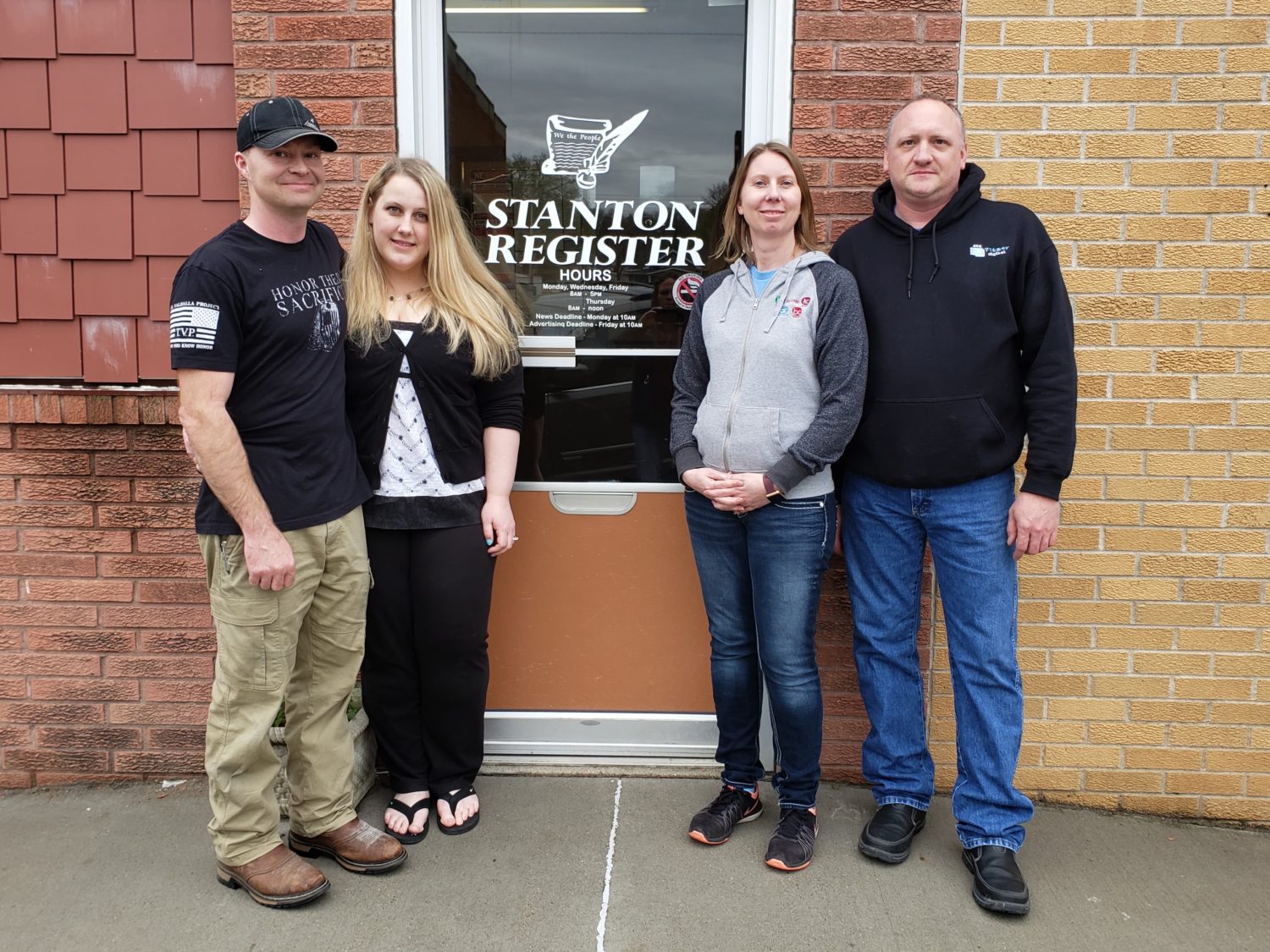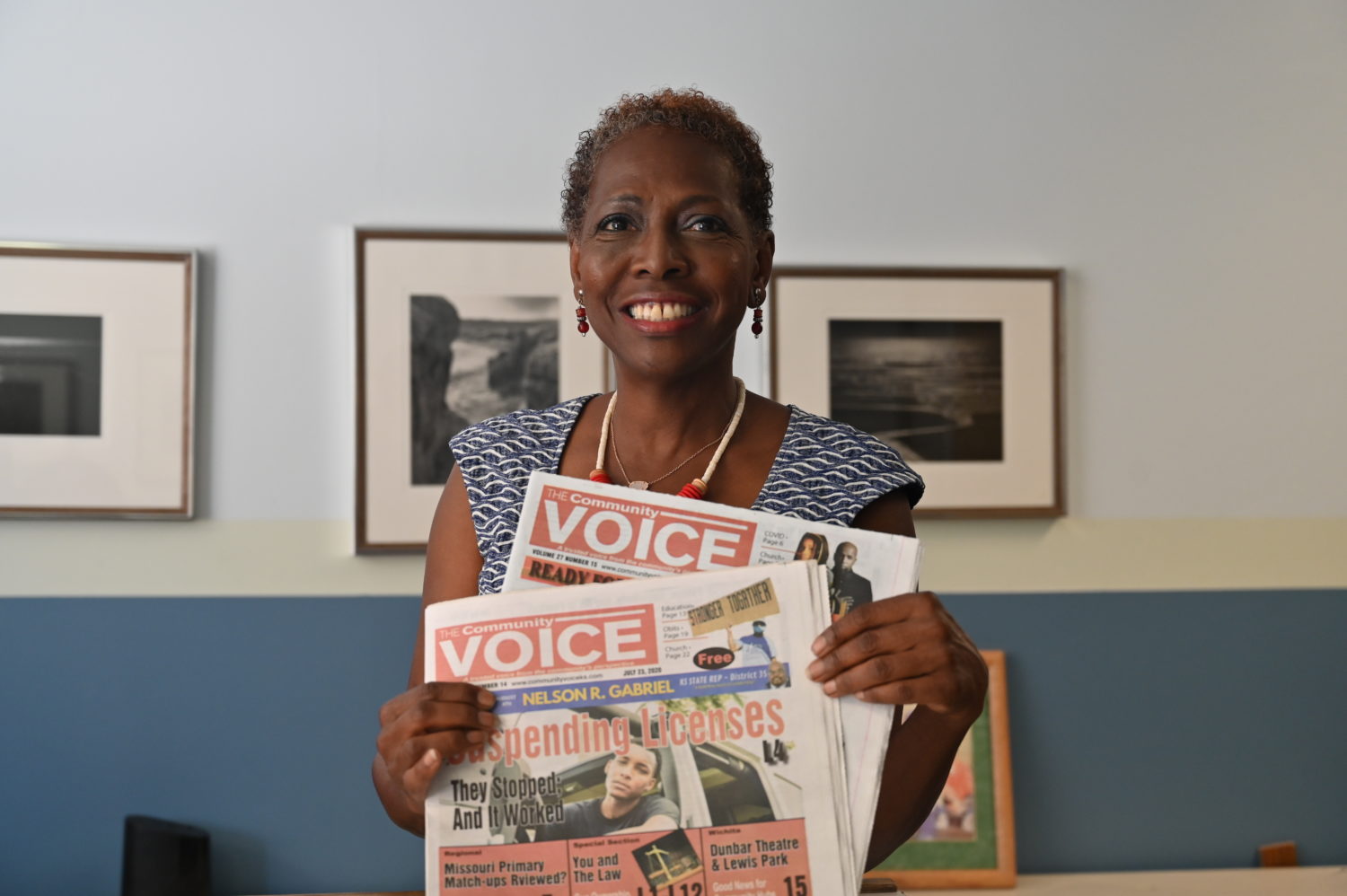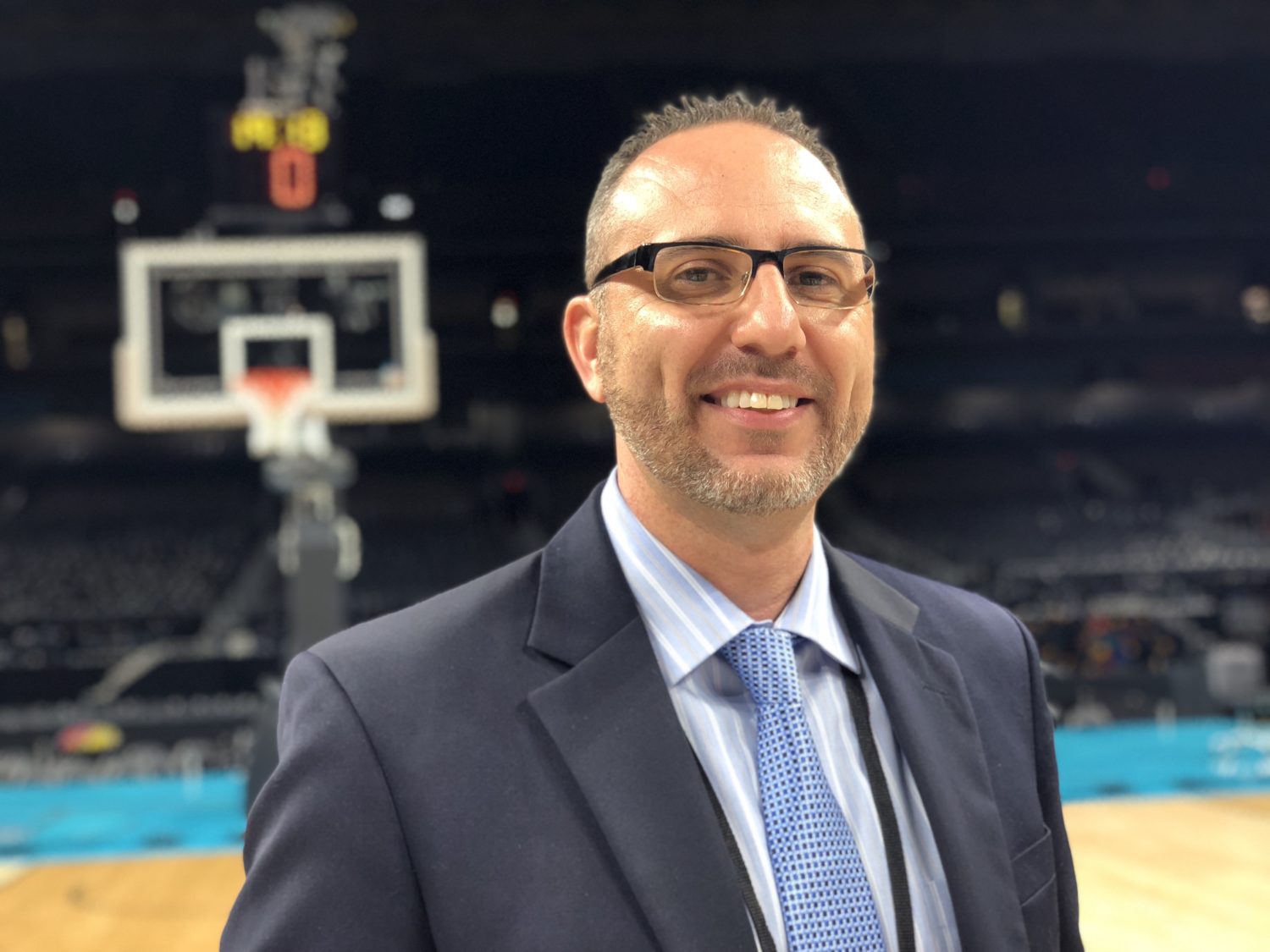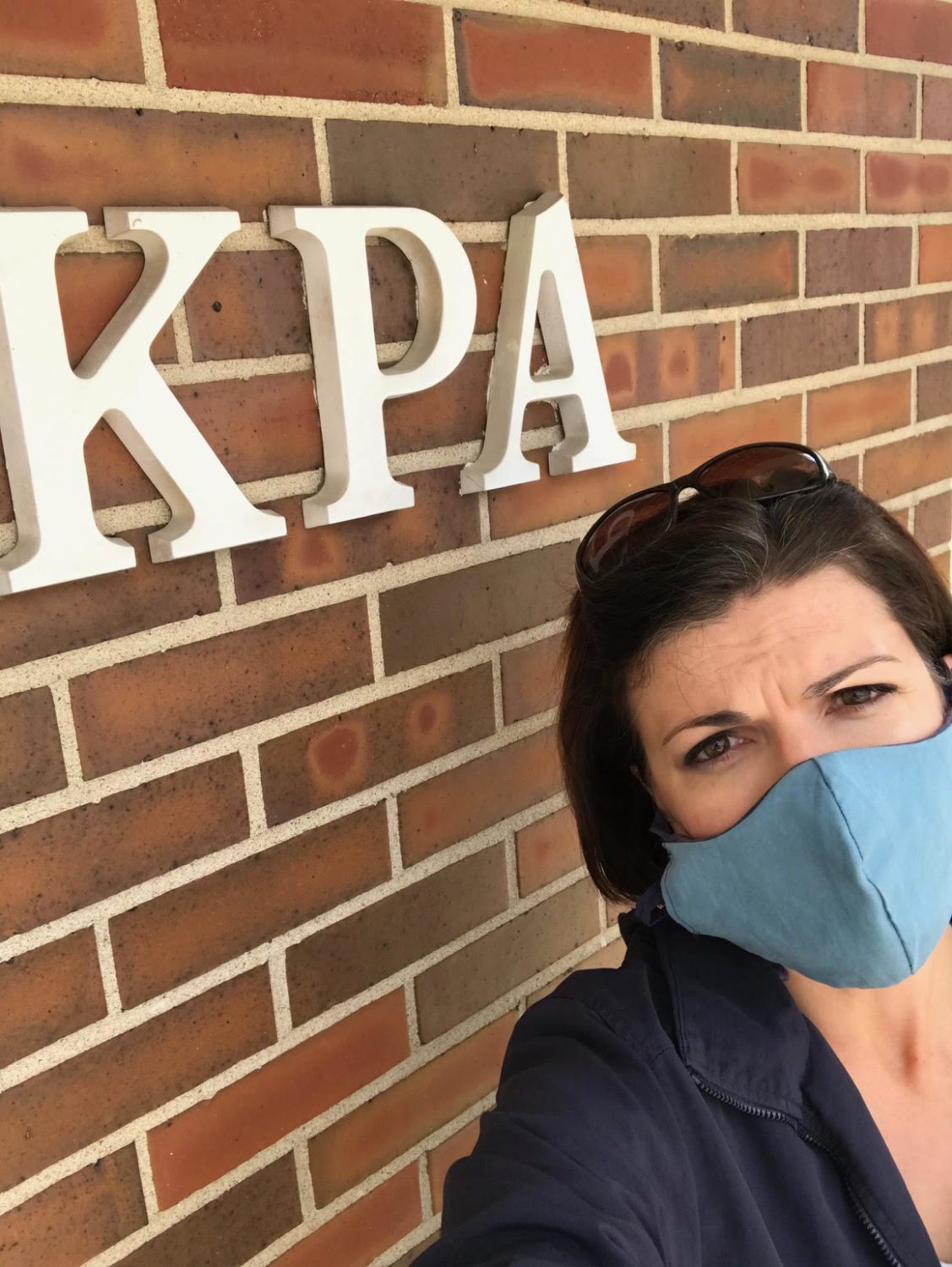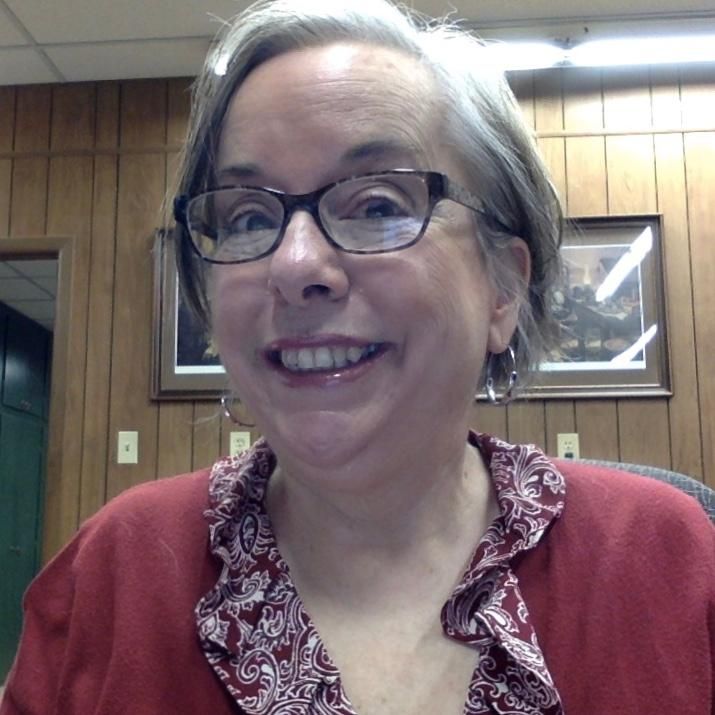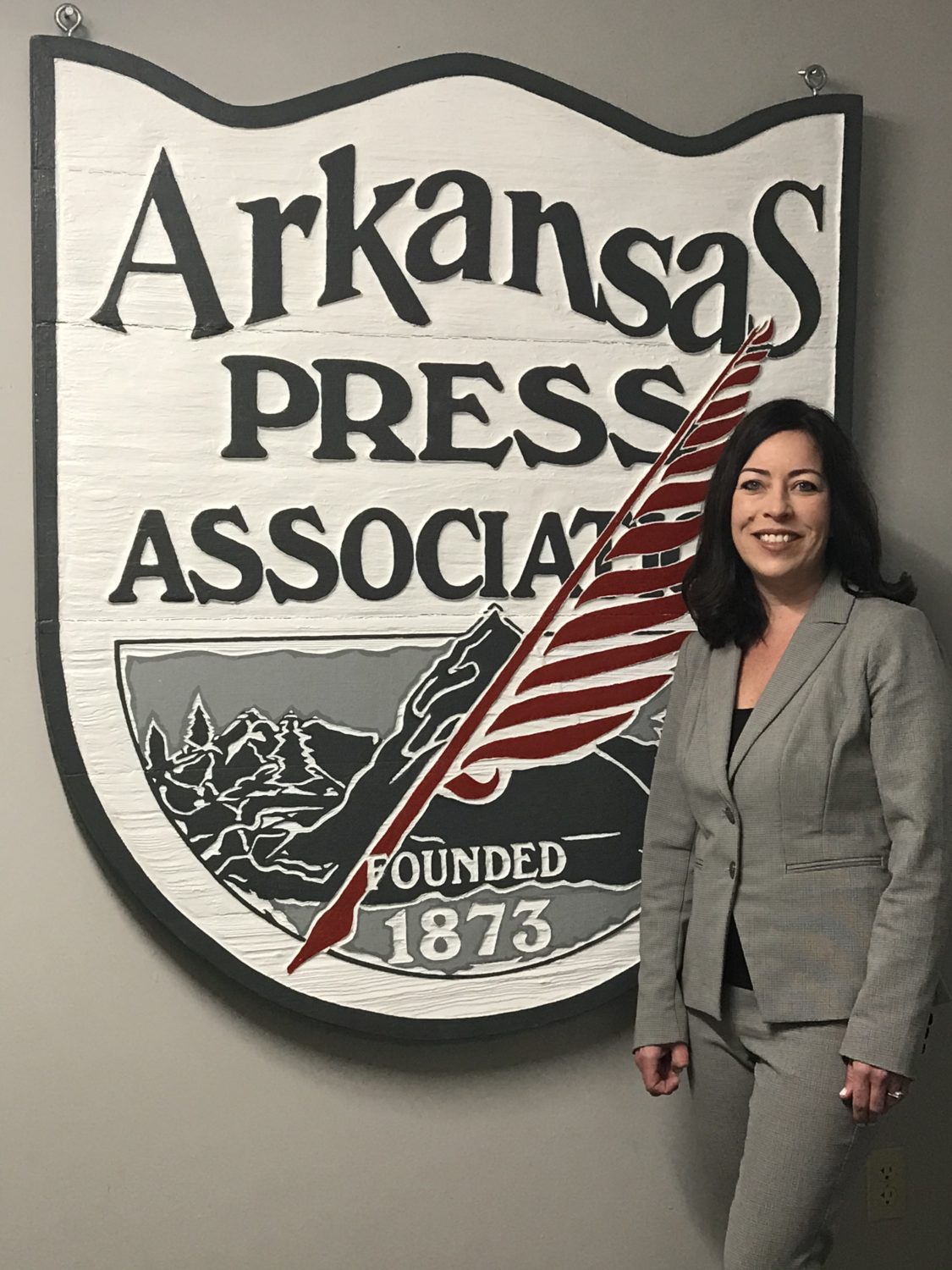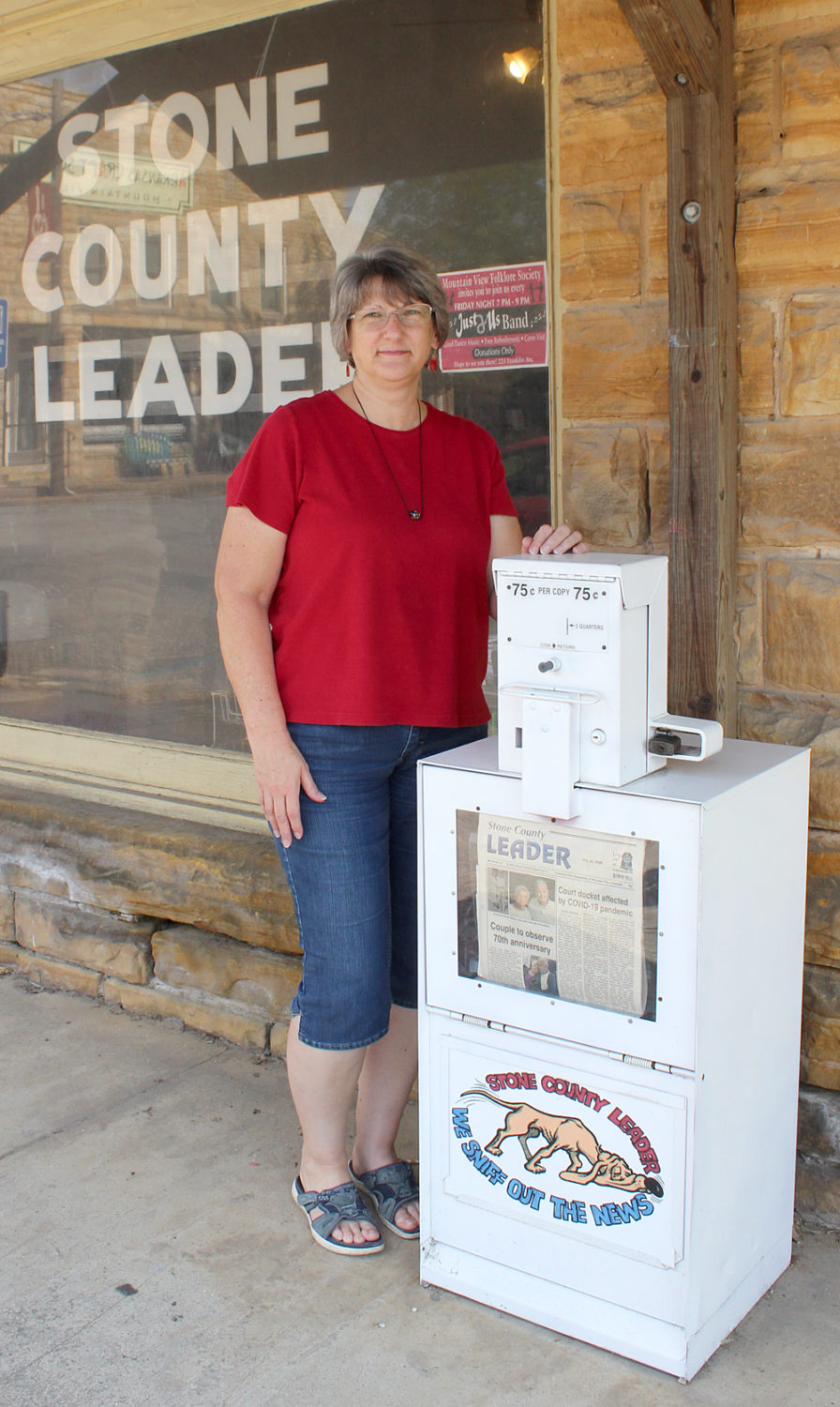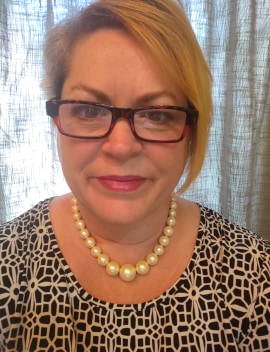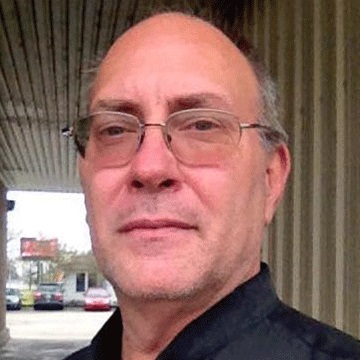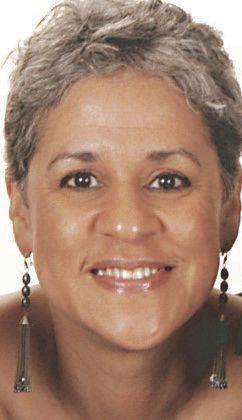The Essential Workers
Last year, two journalism professors started an oral history project to document the work of local newsrooms in mid-America. They found the community in community journalism.
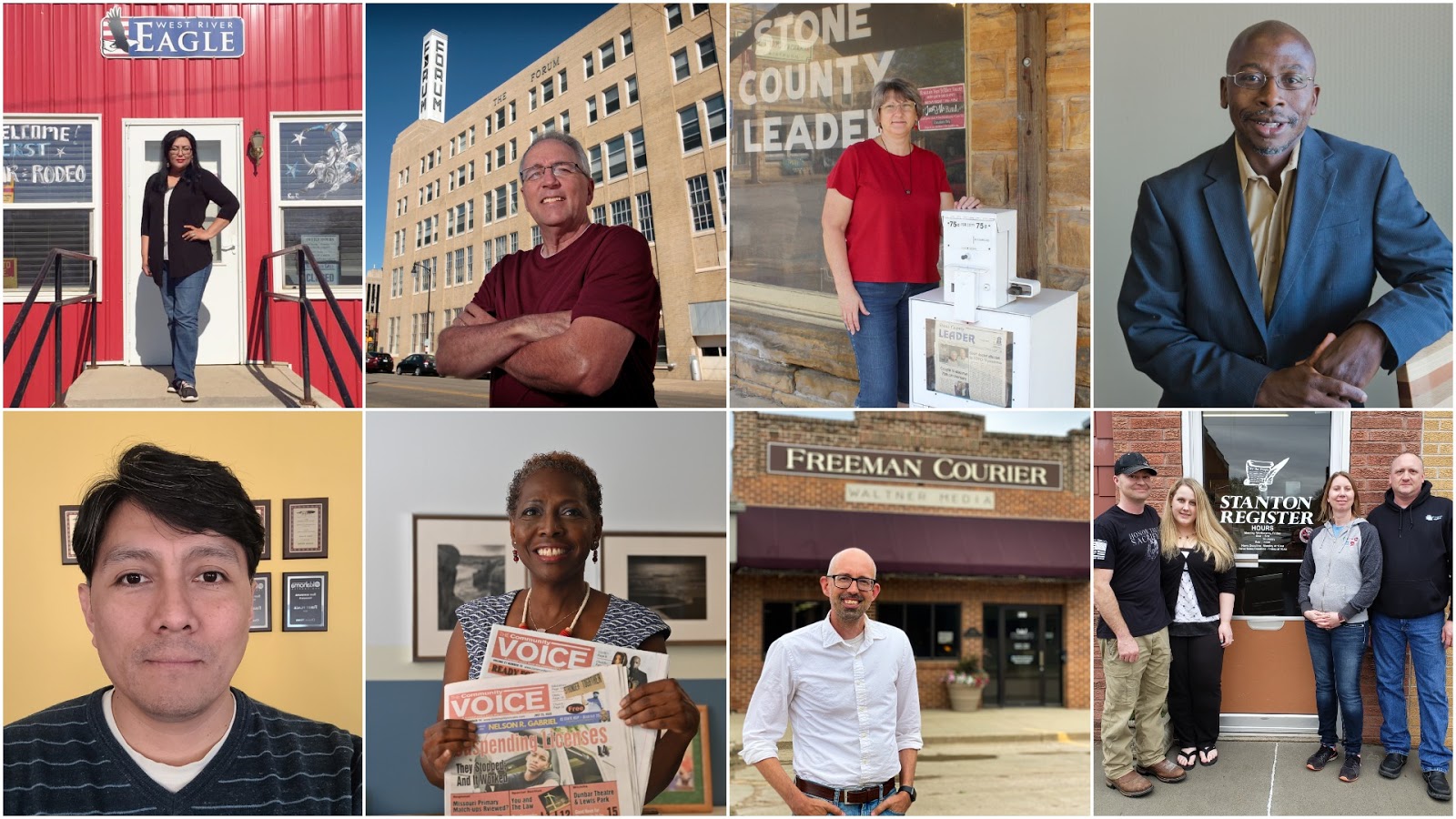
Pictured top right to left: Alaina Beautiful Bald Eagle is managing editor of the West River Eagle on the Cheyenne River Sioux Reservation in South Dakota; Kevin Schnepf worked as sports editor at The Forum of Fargo-Moorhead until his retirement in December; Lori Freeze is news editor at the Stone County Leader in Arkansas; Wes Brown is publisher of The Daily Record in Arkansas. Bottom right to left: Benny Polacca is a senior reporter at Osage News in Oklahoma; Bonita Gooch is editor-in-chief and publisher of The Community Voice in Kansas; Jeremy Waltner is second-generation publisher and editor of the Freeman Courier in South Dakota; Carrie Pitzer, second from the right, is owner and publisher of Pitzer Digital in Nebraska. (Submitted photos)
2020, like so many years before it, was a tough one for local news. That’s before a pandemic shook a crumbling print business model, closed more than 70 local newsrooms and led to thousands of layoffs.
But in the middle of the country, some newsrooms serving small communities hung on. They had to. They reported on school closures, the spread of the coronavirus and the dead. While print advertising shriveled and other local businesses around them closed, these newsrooms covered a global public health story that literally meant life or death where they lived.
This project is about a group of people we’ve heard a lot about in the last year, though maybe not the ones we’re used to: essential workers.
Before the pandemic, a 36-year-old reporter in Oklahoma named Michael Smith covered school boards. Now, Smith is the go-to guy for health coverage at The Daily Ardmoreite, has a little one learning from home and is covering school boards.
In Nebraska, a local publisher offered to print another newspaper to keep it from closing.
“And they said, ‘If you really want to help, if you really want to save this paper, we will give it to you,’” said Carrie Pitzer, president of Pitzer Digital. “And we were shocked by that. We had never heard of a newspaper being given away…”
On the Cheyenne River Sioux Reservation in South Dakota, one newsroom documented public health checkpoints for a story that took the site’s traffic from 5,000 visitors a month to 250,000.
“There’s nobody else to do it,” said Alaina Beautiful Bald Eagle, former managing editor of the West River Eagle.
And at The Louisiana Weekly in New Orleans, publisher Renette Dejoie-Hall had to cut coverage of religion and entertainment after advertising suffered because of the pandemic. But she had a newspaper to keep alive.
“I treat what I do as being representative of the third generation of a family-owned business,” she said. “You know, you do what you have to keep the legacy going.”
Last year, two journalism professors launched a project to capture the history we’re all living through.
Teri Finneman, an associate professor at the University of Kansas’ William Allen White School of Journalism and Mass Communications, and William Mari, an assistant professor of media law at Louisiana State University’s Manship School of Mass Communications, got funding to capture the moment from state newspaper associations in North Dakota, South Dakota, Nebraska, Kansas and Arkansas and from their own universities.
They spoke with publishers, editors, reporters and press associations in 28 places across seven states — North Dakota, South Dakota, Nebraska, Kansas, Oklahoma, Arkansas and Louisiana.

“The idea was to capture history as it was happening and to grab memories while they were fresh of journalists surviving a pandemic of global proportions for the first time in a century,” Mari said.
When they told me about this work, it didn’t take long to offer it a home here at Poynter, where we’ve documented the impact on our industry through cuts, closures and deaths.
Meet the essential workers

Alaina Beautiful Bald Eagle is the former managing editor of the West River Eagle on the Cheyenne River Sioux Reservation in South Dakota. (Submitted photo)
“So much of our history revolves around New York City and D.C.,” said Finneman, who previously launched a student-run local newsroom in a nearby Kansas town. “And we feel it is really important to provide a fuller understanding of the history of our industry in this country.”
The majority of journalism in the U.S. is community journalism, she said, not metro journalism, “but it’s ignored, and so it’s important to us to give a voice, especially to locally owned and family-owned newspapers.”
The two worked with state press associations and looked for a representative sample of newsrooms and sources. They wanted newsrooms of different sizes, serving different kinds of communities and with a priority on local ownership. They wanted parents, young reporters and veterans doing the work passed down to them from their families.
The professors used the same set of questions and followed the oral history model of sharing those questions in advance, recording the conversation and getting final approval from their sources, which all gave.
The project produced nearly 700 pages of oral history of the pandemic’s impact on local newspapers, Finneman said.
“What was so interesting to me was how the community came out in this community journalism project.”
When weeklies become dailies

Cecile Wehrman is publisher of the Crosby Journal and Tioga Tribune in North Dakota. (Submitted photo)
Some of the publishers had a family legacy to maintain. Others found support, and new readers, from their communities. A lot of people told Finneman and Mari the same thing — nobody else was going to do the work.
“These weekly rural community newspapers have just been a significant lifeline for people during this pandemic,” Finneman said, “and I don’t think that can be overstated.”
Many also hit an inflection point with their digital presence that they hadn’t before. Weeklies became dailies, at least online and through social media. And journalists that dismissed the internet saw how powerful it was for them and their communities.
“I think it’s going to be interesting to see the long-term effect of the pandemic especially on weekly newspapers and what new habits they keep and what they don’t,” Finneman said.
They also found :
- Two publishers who took on papers that were about to close: “It’s sort of like seein’ a puppy beside the road, you know, are you just gonna leave it there to die or are you gonna take it home, even if you have another dog?” said one of those publishers, Cynthia Haynes of Haynes Publishing in Kansas.
- Native and Black publications served communities that no one else was: “Local news coverage, specifically tribal news coverage, is just as important as covering what takes place at the state and federal government levels because those entities are making decisions that impact the local community,” said Benny Polacca, a senior reporter at Osage News covering the Osage Nation in Pawhuska, Oklahoma.
- As advertising tanked, digital traffic hit new records: “In March, we had so much traffic, our tech guy had to buy more bandwidth or whatever he does,” said Joey Young, owner of Kansas Publishing Ventures.
- Some communities discovered local news through the pandemic: The Kingfisher (Oklahoma) Times & Free Press saw new print and digital subscribers. “Suddenly they’re seeing us, seeing the things that we’re writing online. And then it’s like, you know, ‘Wow, we have a local newspaper’” said Christine Reid, a senior editor.
- And publishers fought to replace the money they lost from advertising: In North Dakota, Jill Friesz walked a 10-mile route delivering newspapers and offering subscriptions to a nearby lake community. “Maybe it’s just time that we start looking at things differently and do things differently and change the way we can serve our readers.”
One thing struck both Mari and Finneman after hours of conversations with people who work in local news: We’ve spent years talking about new business models. The pandemic was an alarm — the time for talking is up.
This is a problem that deserves urgent and concentrated attention from the whole industry, they said.
“The survival of these papers so far has been remarkable,” Mari said. “… They just made it, I don’t know how they did it.”

Cynthia Haynes is chief financial officer for Haynes Publishing/Norwest Newspapers based in Oberlin, Kansas. (Submitted photo)
Here’s Finneman and Mari on the project, which you can explore here through photos, newspaper pages and stories, audio interviews and transcripts.
Finneman and Mari collected the stories of journalists from local newspapers in seven states during the pandemic. You can explore it, and see the work of those publications, below.
Update: This story has been updated to note that Alaina Beautiful Bald Eagle is now the former managing editor of the West River Eagle. When she participated in this project, she was the managing editor.








